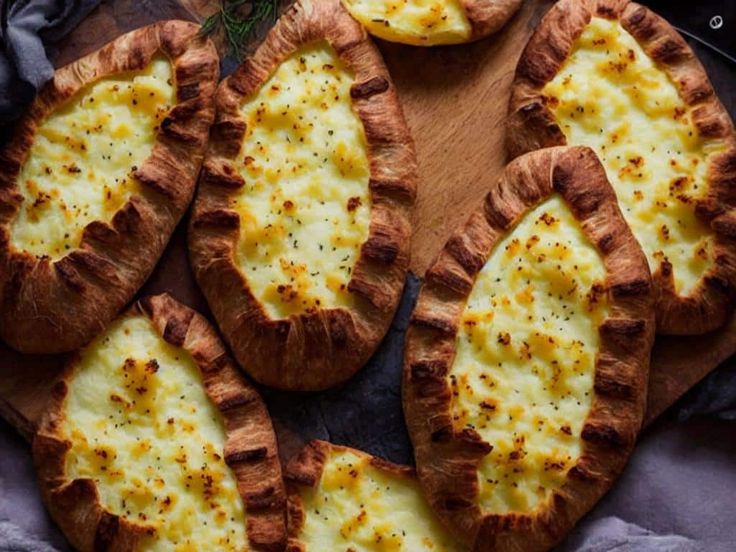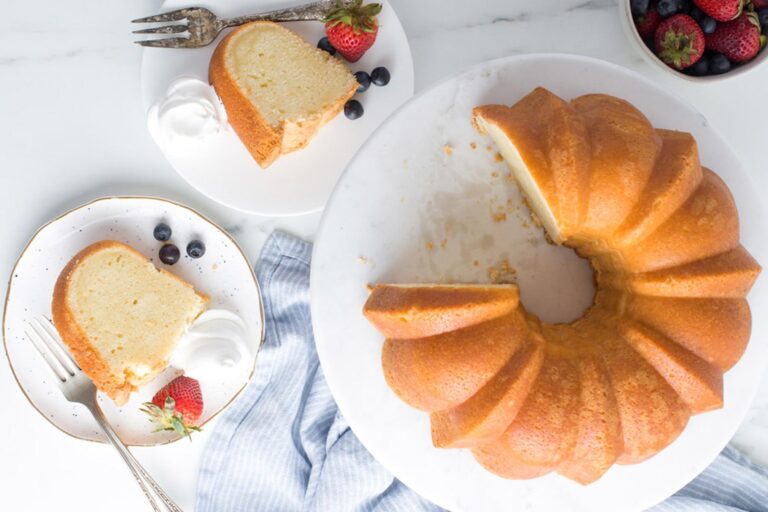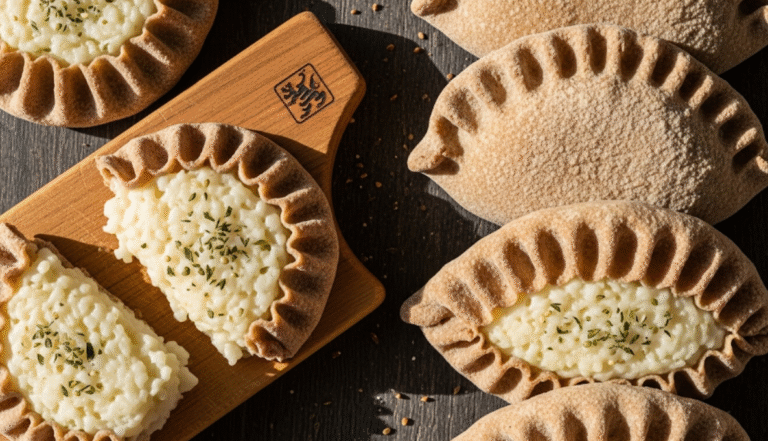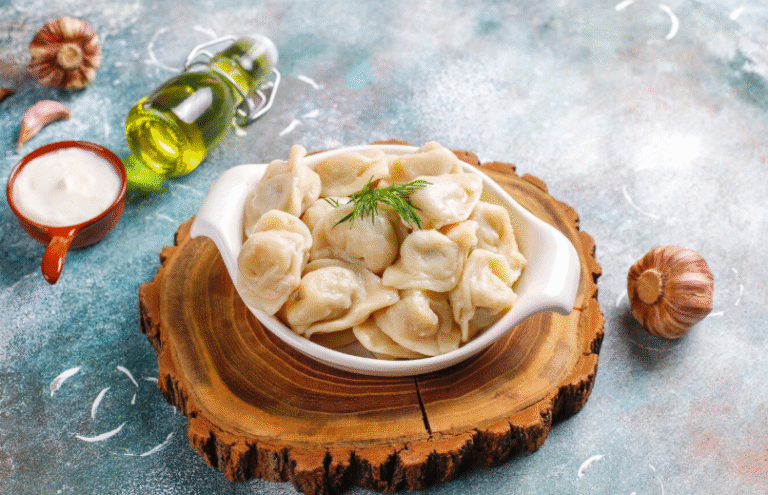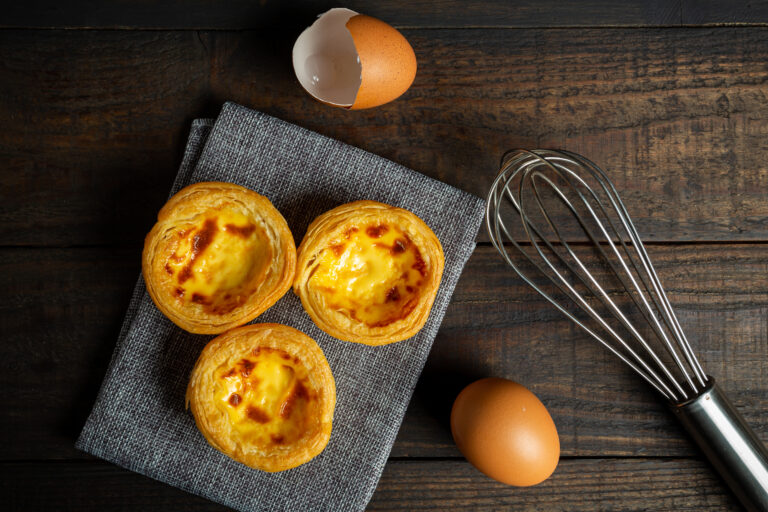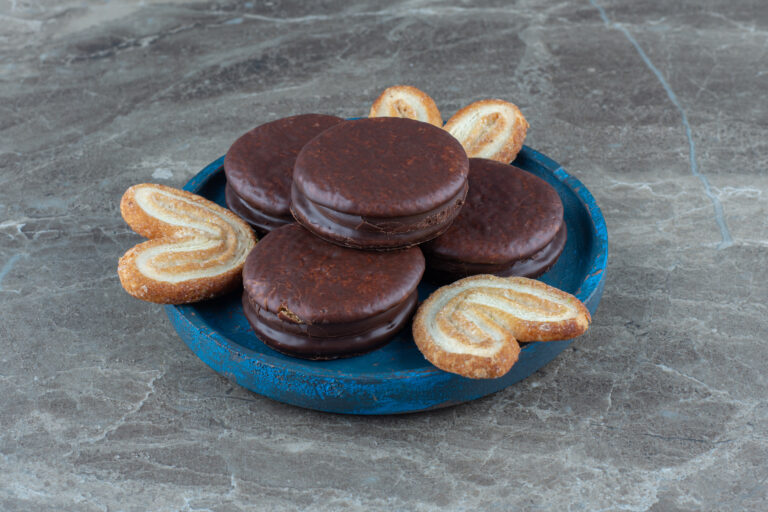The Ultimate Karelian Pasties Recipe : Authentic Finnish Comfort Food Made Simple
The first bite of a warm Karelian pasty takes you back to cozy Nordic kitchens, where the aroma of fresh rye dough mingles with creamy rice filling. These traditional Finnish treats aren’t just food – they’re edible memories, connecting you to generations of heritage through every tender, satisfying bite. Today, you’ll discover how to recreate this beloved comfort food in your own kitchen.
Table of Contents
What Are Karelian Pasties? Understanding This Finnish Treasure
Karelian pasties, known as “karjalanpiirakka” in Finnish, represent centuries of culinary wisdom from the Karelia region. These distinctive boat-shaped pastries feature a thin rye crust embracing a creamy rice filling, creating a perfect balance of textures and flavors.
Originally born from necessity in harsh Nordic winters, these pastries became symbols of hospitality and warmth. Finnish families have passed down this karelian pasties recipe through generations, with each cook adding their personal touch while maintaining the authentic essence.
The traditional oval shape isn’t just aesthetic – it serves a practical purpose. The crimped edges create a sturdy vessel that holds the filling while allowing steam to escape during baking, resulting in the perfect texture you’ll achieve with this recipe.
Essential Ingredients for Perfect Karelian Pasties Recipe
For the Rye Pastry Dough
| Ingredient | Amount | Notes |
|---|---|---|
| Rye flour | 2 cups | Coarse rye preferred |
| All-purpose flour | 1 cup | For texture balance |
| Water | 3/4 cup | Room temperature |
| Salt | 1 tsp | Sea salt works best |
| Butter | 2 tbsp | Melted, for brushing |
For the Rice Filling
| Ingredient | Amount | Purpose |
|---|---|---|
| Short-grain rice | 1 cup | Creates creamy texture |
| Milk | 3 cups | Whole milk preferred |
| Water | 1 cup | For cooking rice |
| Salt | 1 tsp | To taste |
| Butter | 2 tbsp | For richness |
Your ingredient quality directly impacts the final result. Choose coarse rye flour for authentic texture, and short-grain rice for the creamiest filling possible.
Step-by-Step Karelian Pasties Recipe Instructions
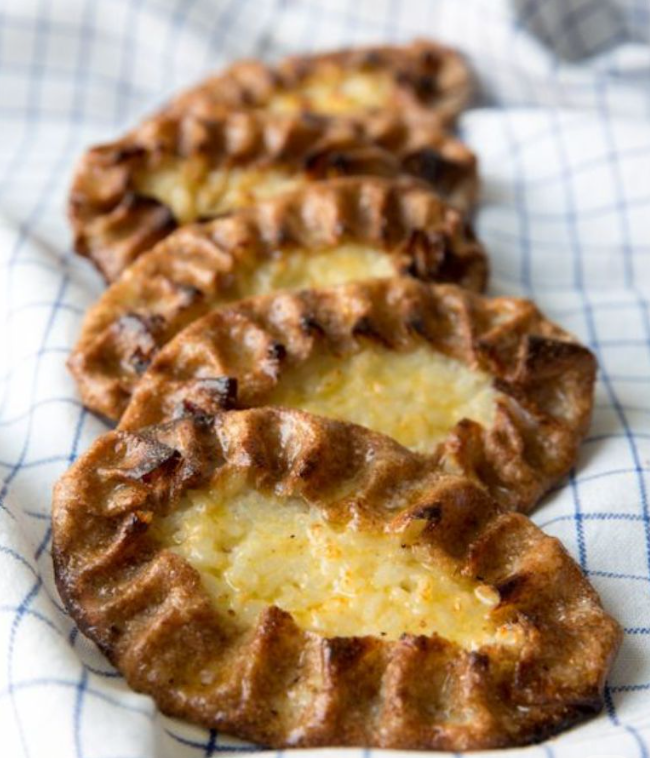
Preparing the Rice Filling (Start First)
Begin your karelian pasties recipe by preparing the rice filling, as this component requires the longest cooking time:
- Combine liquids: Mix milk and water in a heavy-bottomed saucepan
- Add rice: Stir in rice and bring mixture to a gentle boil
- Simmer slowly: Reduce heat to low and cook for 45-60 minutes, stirring occasionally
- Monitor consistency: The rice should become porridge-like and creamy
- Season and cool: Add salt and butter, then cool completely before assembly
The secret to perfect filling lies in patience. Low, slow cooking transforms ordinary rice into a luxurious, creamy base that won’t leak through your pastry during baking.
Making the Rye Pastry Dough
While your rice cools, prepare the distinctive rye dough that gives these pastries their authentic character:
- Mix dry ingredients: Combine both flours and salt in a large bowl
- Add water gradually: Pour water slowly while mixing with a fork
- Knead thoroughly: Work the dough until smooth and elastic (about 8-10 minutes)
- Rest the dough: Cover and let sit for 30 minutes at room temperature
Your dough should feel slightly firm but pliable. If it seems too dry, add water one tablespoon at a time until you achieve the right consistency.
Assembling Your Karelian Pasties
The assembly process requires gentle handling and attention to detail:
- Divide dough: Split into 16-18 equal portions
- Roll thin: Roll each piece into a 6-inch oval, keeping it quite thin
- Add filling: Place 2-3 tablespoons of rice filling in the center
- Shape carefully: Fold edges up and pinch at regular intervals to create the boat shape
- Seal properly: Ensure edges are well-sealed but not too tight
Remember, the traditional boat shape isn’t just decorative – it’s functional engineering that’s been perfected over centuries.
Baking Instructions for Perfect Results
Your oven technique determines whether you’ll achieve the authentic texture and appearance:
- Preheat oven: Set to 475°F (245°C) for optimal browning
- Prepare baking sheet: Line with parchment paper
- Bake time: 10-15 minutes until edges are lightly golden
- Brush immediately: Apply melted butter while pastries are still hot
The high temperature creates the characteristic crispy exterior while keeping the interior moist and flavorful.
Pro Tips for Mastering Karelian Pasties Recipe

Common Mistakes to Avoid
Learning from these frequent errors will elevate your karelian pasties recipe results:
- Rolling dough too thick: Thin pastry is crucial for authentic texture
- Overfilling pastries: Too much filling causes bursting during baking
- Skipping the rest period: Dough needs time to hydrate properly
- Forgetting the butter brush: This step adds essential flavor and shine
Storage and Reheating Guidelines
Your homemade pastries deserve proper care for maximum enjoyment:
Storage Options:
- Room temperature: 2 days covered
- Refrigerated: 1 week in airtight container
- Frozen: 3 months wrapped individually
Reheating Methods:
- Oven: 350°F for 5-7 minutes
- Microwave: 20-30 seconds with damp paper towel
- Toaster oven: 2-3 minutes until warmed through
Traditional Serving Suggestions and Pairings
Classic Finnish Accompaniments
Authentic presentation enhances your karelian pasties recipe experience:
Traditional Toppings:
- Egg butter (munavoi) – hard-boiled eggs mixed with softened butter
- Fresh dill or chives
- Sliced cucumber
- Radish slices
Beverage Pairings:
- Strong black coffee (traditional choice)
- Finnish milk coffee
- Herbal tea
- Cold milk
The combination of warm pastries with egg butter creates a perfect protein balance that sustained Finnish workers through long days.
Nutritional Benefits of Homemade Karelian Pasties
Health Advantages
Your homemade karelian pasties recipe offers several nutritional benefits:
Rye flour provides:
- High fiber content for digestive health
- B vitamins for energy metabolism
- Minerals like magnesium and iron
Rice and milk contribute:
- Calcium for bone health
- Complete proteins
- Sustained energy release
Each pastry contains approximately 180-200 calories, making them a satisfying yet moderate treat.
Frequently Asked Questions About Karelian Pasties Recipe
Q: Can I make karelian pasties recipe with different fillings? Traditional rice is most authentic, but potato and carrot variations exist in some regions. Stick with rice for your first attempt.
Q: How long does the karelian pasties recipe take from start to finish? Plan for about 3 hours total, including rice cooking time and dough rest period. Active preparation time is roughly 90 minutes.
Q: Can I freeze unbaked karelian pasties from this recipe? Yes, assemble pastries and freeze on baking sheets. Once solid, transfer to freezer bags. Bake directly from frozen, adding 2-3 minutes to cooking time.
Q: What’s the secret to thin pastry in karelian pasties recipe? Roll between parchment paper sheets and work with small dough portions. Keep remaining dough covered to prevent drying.
Q: Why is my karelian pasties recipe dough cracking? Cracking usually indicates insufficient moisture. Add water one tablespoon at a time and knead until smooth.
Conclusion
Mastering this authentic karelian pasties recipe connects you to centuries of Finnish culinary tradition. These humble yet satisfying pastries prove that simple ingredients, when combined with patience and technique, create extraordinary comfort food. Whether you’re exploring Nordic cuisine or honoring family heritage, this karelian pasties recipe delivers the authentic flavors that have warmed Finnish homes for generations.
The key to success lies in respecting the traditional methods while adapting them to your modern kitchen. Take time with each step, enjoy the process, and remember that each batch brings you closer to perfection.
Ready to start your karelian pasties journey? Gather your ingredients today and experience the magic of creating these timeless Finnish treasures. Share your results with family and friends – after all, the best recipes are meant to be passed along, just as they have been for generations.

